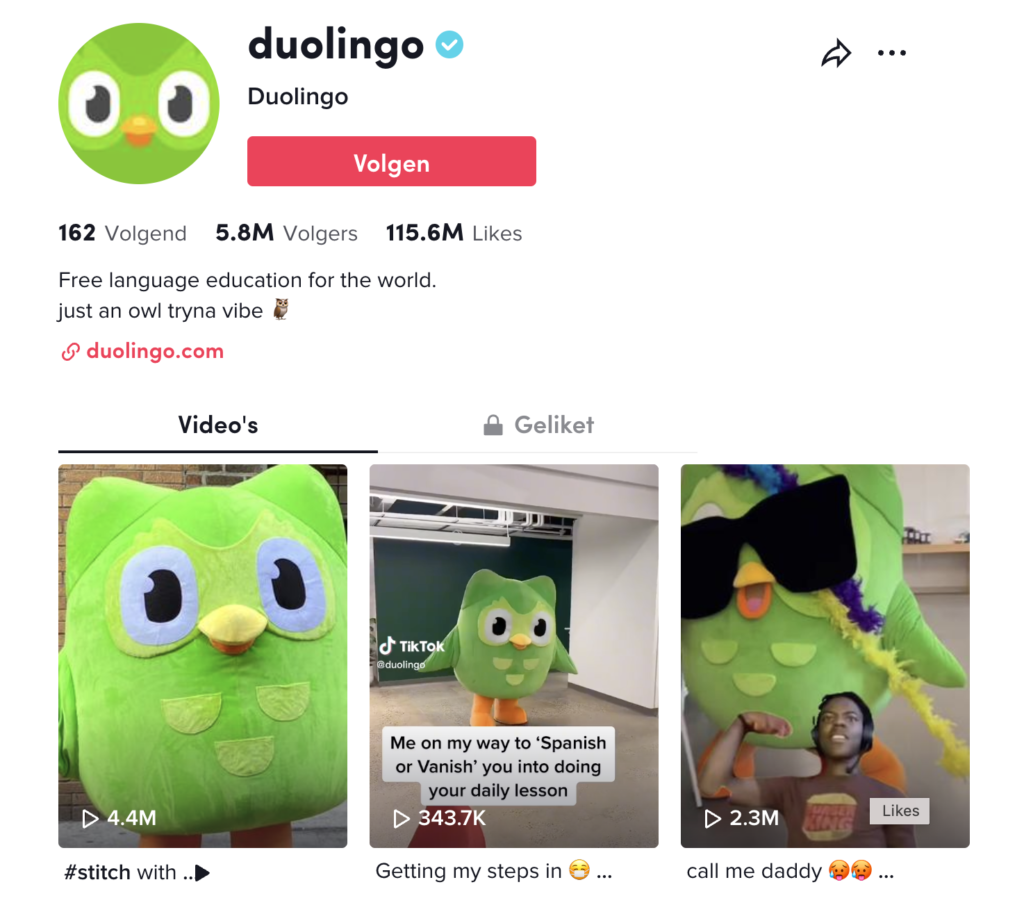After soaking in Luis von Ahn’s TED Talk on Duolingo, I’m genuinely impressed by the innovative approach they’ve taken to make language learning engaging and accessible. It’s fascinating to hear his personal story, growing up in Guatemala and recognizing the stark inequalities in education. His journey from receiving a privileged education to envisioning a platform that provides equal access to learning for everyone is truly inspiring. The decision to start with foreign languages, backed by the sheer number of people globally learning languages, especially English, makes a lot of sense. The idea of using a smartphone to reach the masses is brilliant, considering the widespread accessibility of these devices compared to building physical schools.
I appreciate the honesty about the addictive nature of smartphones and how Duolingo has tackled this challenge. The freemium model, where users can learn for free with the option to subscribe for an ad-free experience, is a clever way to balance accessibility and sustainability. The subtle wealth redistribution aspect adds an interesting layer to the model. The discussion on psychological techniques borrowed from social media and gaming to keep users engaged in education is intriguing. The use of streaks and notifications, while reminiscent of addictive app strategies, cleverly applies these principles to foster consistent learning habits. The humorous take on the passive-aggressive owl mascot and the resulting internet memes show a keen understanding of how to connect with users on a cultural level. It’s impressive to see Duolingo not just as an educational tool but as a cultural phenomenon.
In the Q&A, Luis’s vision for extending this gamification approach to other subjects, particularly those requiring repetition, opens up exciting possibilities for the future of education. The acknowledgment that the engagement level might not match that of social media apps but can still be highly effective in meaningful learning is a refreshing perspective. Overall, Duolingo’s journey, as presented by Luis von Ahn, leaves me excited about the potential for technology, gamification, and innovative thinking to reshape the landscape of education on a global scale. It’s a testament to what can be achieved when passion, creativity, and a deep understanding of human behavior come together. Time to revisit my language lessons on Duolingo!

